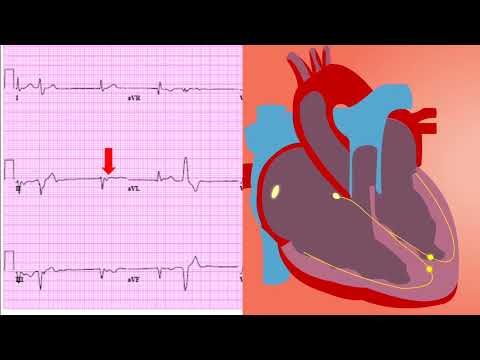🎬 Video Summary
This video provides a comprehensive overview of carpal tunnel syndrome, a common condition causing pain, numbness, and tingling in the hand and arm. It explores the anatomy of the carpal tunnel, the underlying causes of carpal tunnel injury, and available treatment options, including surgical interventions. Learn about carpal tunnel syndrome, its causes, and surgical solutions in this informative guide.
🧠 Teaching Perls
- Understand the anatomy of the carpal tunnel and how it can lead to carpal tunnel syndrome.
- Identify the key causes of carpal tunnel syndrome, including repetitive motions and underlying medical conditions.
- Explore the various treatment options for carpal tunnel syndrome, ranging from conservative measures to surgical intervention.
- Gain insights into the surgical process for carpal tunnel release and what to expect during recovery.
- Learn about preventive measures to reduce your risk of developing carpal tunnel syndrome.
❓ Frequently Asked Questions
Q: What are the first signs of carpal tunnel syndrome?
A: Early symptoms often include numbness or tingling in the fingers, especially the thumb, index, and middle fingers, often worse at night.
Q: What activities make carpal tunnel worse?
A: Repetitive hand and wrist movements, especially those involving gripping, bending, or twisting the wrist, can exacerbate carpal tunnel syndrome.
Q: Is carpal tunnel surgery always necessary?
A: No, carpal tunnel surgery is typically considered after non-surgical treatments, such as wrist splints and physical therapy, have failed to provide sufficient relief.
Q: How long does it take to recover from carpal tunnel surgery?
A: Recovery time varies but generally takes several weeks to a few months, depending on the severity of the condition and the type of surgery performed. Physical therapy is often recommended to regain full hand and wrist function.
Q: Can carpal tunnel syndrome be prevented?
A: While not always preventable, reducing repetitive hand motions, maintaining proper posture, and using ergonomic tools can help minimize the risk.
Q: What happens if carpal tunnel is left untreated?
A: If left untreated, carpal tunnel syndrome can lead to permanent nerve damage, muscle weakness, and loss of hand function.
🧠 Key Takeaways
- 💡 Carpal tunnel syndrome is caused by compression of the median nerve in the wrist.
- 💡 Common symptoms include numbness, tingling, pain, and weakness in the hand and fingers.
- 💡 Treatment options range from conservative measures like splinting to surgical carpal tunnel release.
- 💡 Identifying and avoiding activities that aggravate the condition is crucial for management.
- 💡 Early diagnosis and treatment can help prevent long-term nerve damage and improve outcomes.
🔍 SEO Keywords
carpal tunnel syndrome, carpal tunnel surgery, carpal tunnel symptoms, carpal tunnel treatment, carpal tunnel release, wrist pain, median nerve compression
“`

